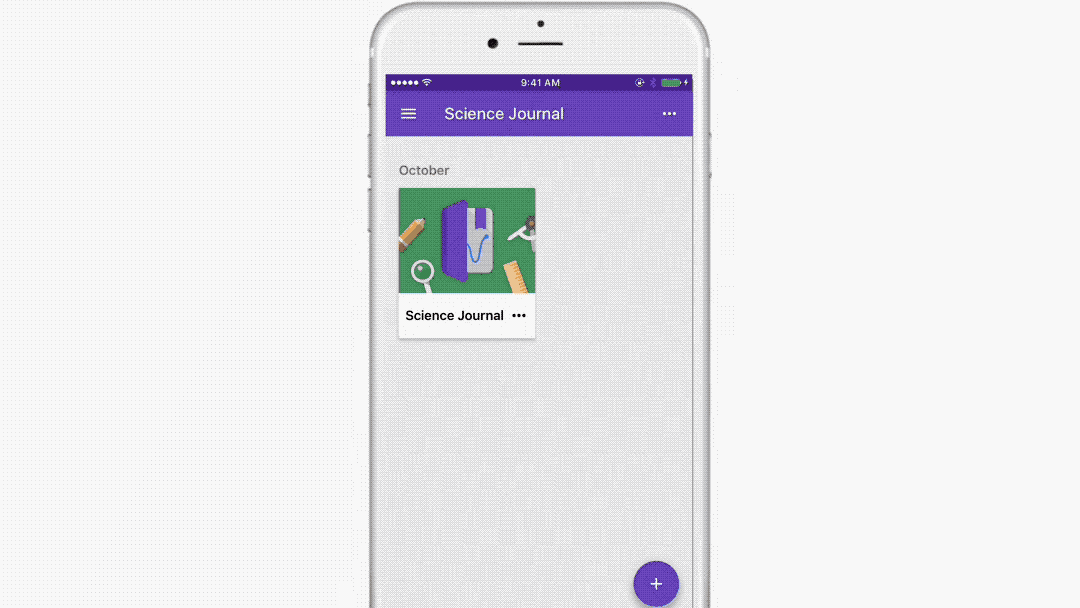Google launched Science Journal for Android last year as an easy way to measure light, sounds, motion and more. While it already sounded like a great tool, it’s now more useful than before: Google has turned it into a full-fledged digital notebook students can use to take notes for their scientific experiments. Each entry now begins as a blank page. Students can add in measurements taken by the app, along with their thoughts and observations, as well any photo they’ve taken. And since Science Journal is now also available on iOS, almost every student with a smartphone can use it.
In addition to altering the app’s nature, Google has also added three new sensors. So long as a phone has the appropriate hardware, students can use the app as a linear accelerometer, a magnetometer and a compass. They can even take a snapshot of their data while the tools are doing their job. To help teachers and students get started, the big G has uploaded new experiments they can do with the help of Science Journal. They can use it however they want, though, even if it’s to record the sound intensity of their neighbor’s Friday night parties so they can show it to the landlord.
(22)

